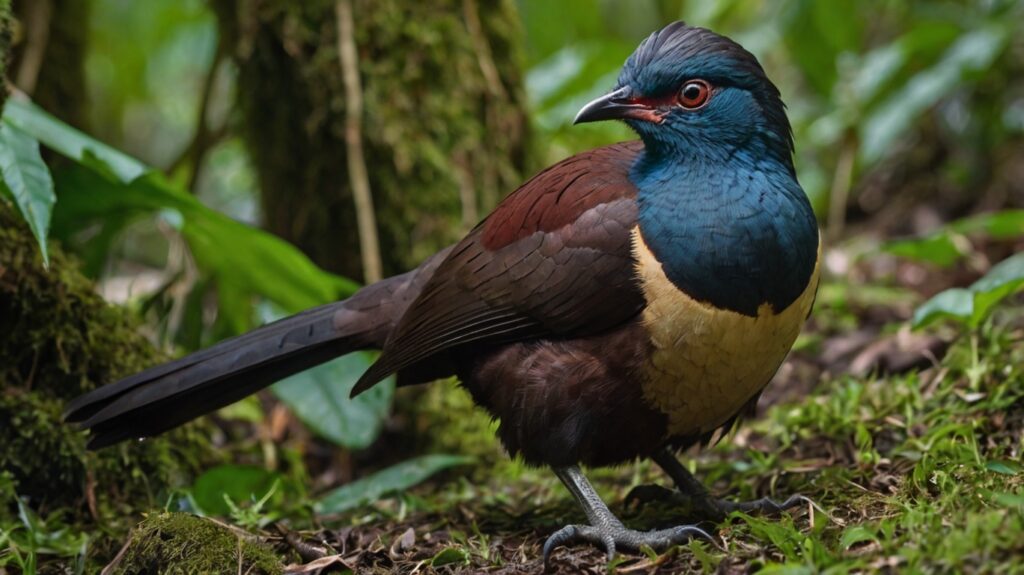Table of Contents
- Introduction
- Physical Characteristics
- Habitat and Distribution
- Behavior and Diet
- Conservation Status and Threats
- Conclusion
- FAQs
Introduction
The Sumatran Ground Cuckoo (Carpococcyx viridis) is one of the rarest and most mysterious bird species native to the Indonesian island of Sumatra. Known for its secretive nature and striking appearance, this ground-dwelling cuckoo has fascinated ornithologists and conservationists alike. Due to habitat loss and limited sightings, it remains an enigmatic subject in avian research.

Physical Characteristics
The Sumatran Ground Cuckoo is a medium-sized bird with distinct features:
- Size: Approximately 55 cm in length
- Plumage: Vibrant green and bronze feathers with a pale underside
- Beak: Large and slightly curved, adapted for foraging
- Legs: Strong and suited for terrestrial movement
Its cryptic coloration helps it blend into the dense undergrowth of its rainforest habitat.
Habitat and Distribution
This species is endemic to Sumatra’s lowland rainforests, primarily in:
- Bukit Barisan Selatan National Park
- Kerinci Seblat National Park
- Gunung Leuser National Park
It thrives in primary and secondary forests with thick undergrowth, usually at elevations below 1,000 meters. Deforestation has severely fragmented its range, making sightings increasingly rare.
Behavior and Diet
Feeding Habits
The Sumatran Ground Cuckoo is omnivorous, feeding on:
- Insects (beetles, caterpillars)
- Small reptiles
- Fruits and seeds
Reproduction and Lifespan
Little is known about its breeding habits, but it is believed to be a solitary nester, unlike other cuckoos that practice brood parasitism.
Conservation Status and Threats
- IUCN Status: Critically Endangered
- Major Threats:
- Deforestation for palm oil and agriculture
- Illegal logging
- Hunting and trapping
Conservation efforts include habitat protection and research initiatives, but its elusive nature makes population assessments difficult.
Conclusion
The Sumatran Ground Cuckoo is a critically endangered bird facing severe threats from habitat destruction. Increased conservation efforts and further research are essential to ensure its survival. Protecting Sumatra’s rainforests is not only vital for this species but also for countless other endemic wildlife.
FAQs
1. How rare is the Sumatran Ground Cuckoo?
Extremely rare, with only a handful of confirmed sightings in recent decades.
2. Where can I see a Sumatran Ground Cuckoo?
Due to its elusive nature, sightings are mostly reported in protected areas like Kerinci Seblat National Park.
3. Why is it called a ground cuckoo?
Unlike most cuckoos, it spends most of its time on the forest floor rather than in trees.
4. What is being done to protect this species?
Conservation programs focus on habitat preservation, anti-poaching measures, and ecological research.
5. Is the Sumatran Ground Cuckoo related to other ground cuckoos?
Yes, it is closely related to the Bornean Ground Cuckoo (Carpococcyx radiatus).
